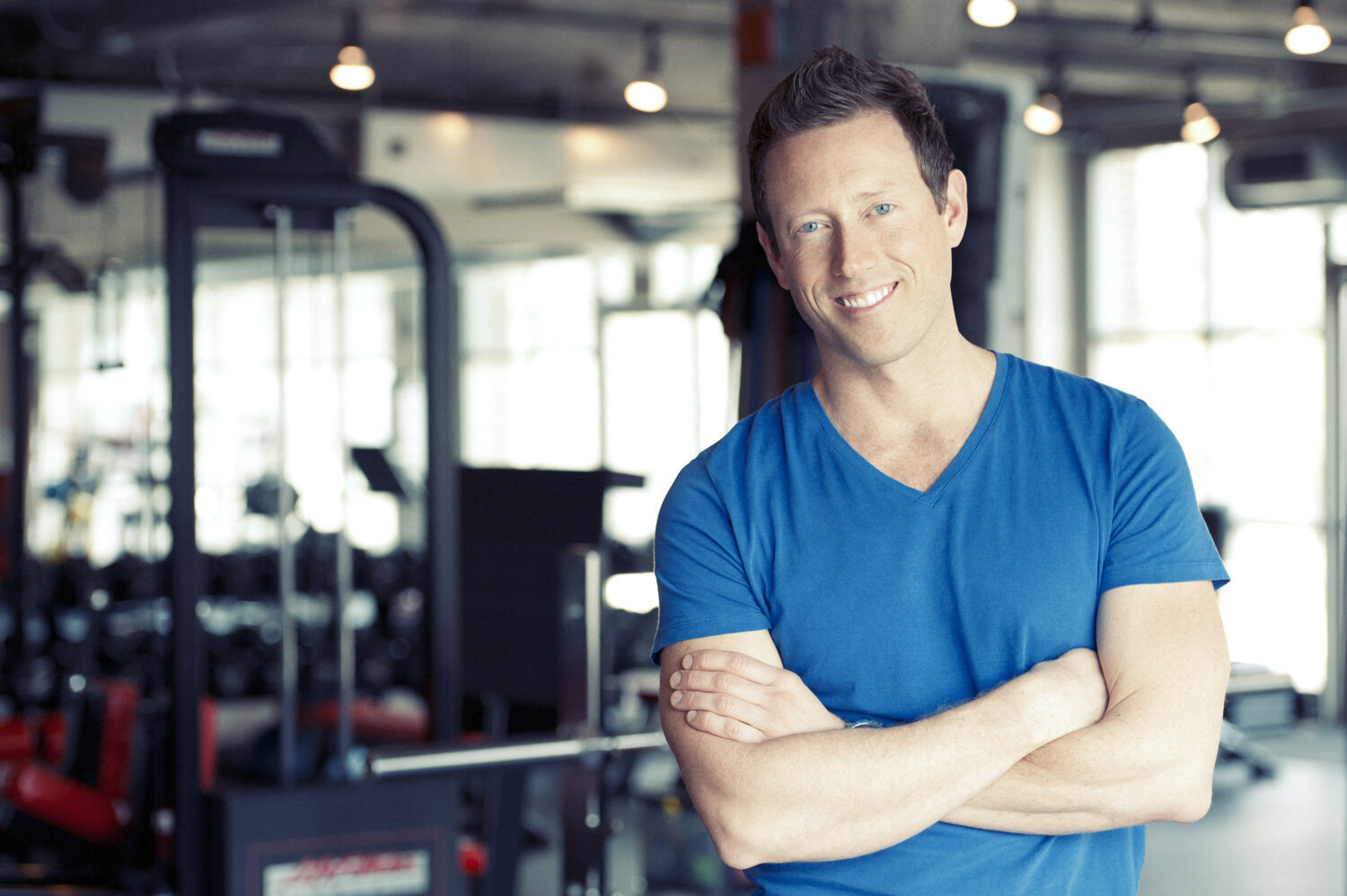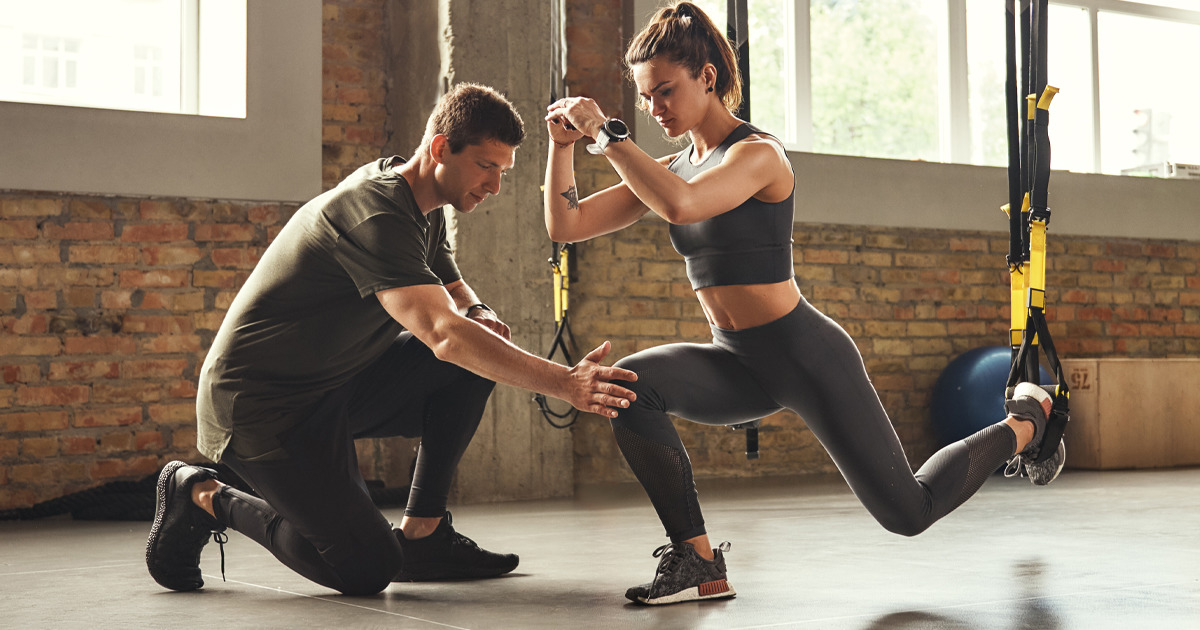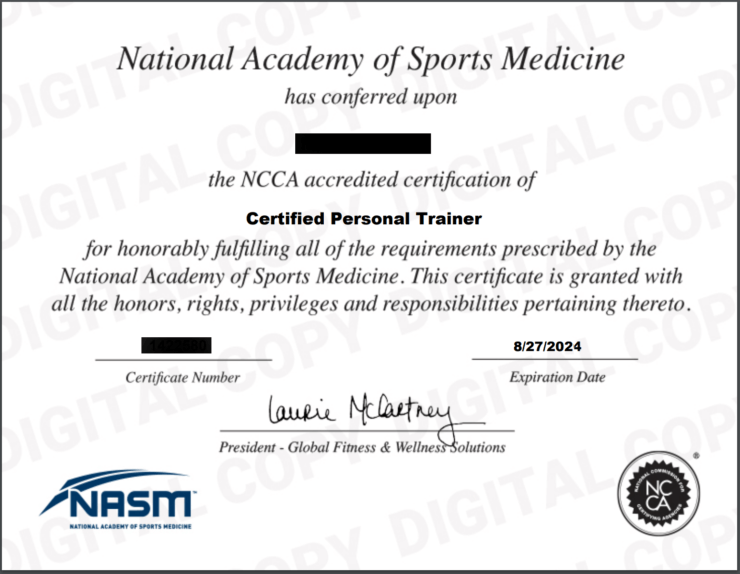
NASM assessments must be completed by all people, regardless what their exercise goals. NASM, an international organization, sets the highest standards in fitness. There are many types to assess, including the Dynamic position assessment, Standing push and the Overheadsquat. Find out more about certification and the benefits associated with nasm assessment. All of these will be covered in detail in this article.
Assessment of dynamic posture
During the NASM assessment clients are assessed for their dynamic posture. Poor posture is a sign of a person's health. To assess muscle imbalances, an examiner will use an Xray device to inspect the client’s hip adduction movements. The client might also need a strengthening or stretching program.
Dynamic posture is assessed by comparing static and dynamic positions. Static posture is indicative of the body's current resting position, while dynamic posture shows past or future movements patterns. These two types of posture assessments are very similar. However, dynamic posture can help clients determine their ability and willingness to learn more advanced exercises. A dynamic posture evaluation can help you find any muscle imbalances that might be causing poor position.
Assessment of overhead squat
For diagnosing and treating musculoskeletal conditions, the overhead squat evaluation is a valuable tool. An accurate overhead squat analysis can uncover any potential problems with the kinetic system, which can lead in better movement and less risk of injury. Overactive muscles may restrict joint range of movement and can cause excessive muscle activity. The overactive muscles could also be compensatory to weakness in the hips or ankles.

Answers to questions number four can be found in the chapter 17 balance of the seventh edition NASM Book. Specific information will be required to remember, such as the progression. Table 10.1 contains this information. To make sure you understand the correct way of doing things, it is recommended to read the seventh edition. This assessment is very difficult. You will need to take some time to understand the material before you can begin the training program.
Standing push assessment
A standing push assessment, which is common for strength and conditioning testing, is a good tool to gauge your clients' muscular control. This movement requires stability and core strength. It also requires good posture. This test can either be performed on a standing chest press or a machine. To ensure a thorough evaluation of your client's standing push, make sure you carefully examine the photos.
Another type of assessment focuses on the upper body, primarily the neck and shoulder regions. These assessments assess stability of the cervical spine as well as the LPHC. They can help you determine how efficient your movement system is and identify areas of concern. This assessment is useful for advanced clients as well as push-type exercises. For example, if a client is performing well with or without a load, he or she may have a problem with stabilization or strength.
Functional fitness assessment
A functional fitness assessment can help determine if there is a problem with a client's movement. This assessment can help to identify physical limitations that may be preventing clients from reaching their fitness goals. There are two main types, static and dynamic, of movement assessments. Dynamic movements refer to alignment of the body when it is moving, while static movements are the position and function of the musculoskeletal structure when a client stands.

FAQ
Which dietary supplement is good for weight loss?
Losing weight requires both diet and exercise. However, some people find that certain supplements help them along the way.
Some studies suggest that omega-3 fatty acids may help with weight loss. Omega-3s are essential fats that are important for brain function and cell membrane integrity. They can be found in seafoods like salmon, tuna or shrimp, as well as cod liver oil.
Other research suggests that green tea might be beneficial for weight loss. Green tea contains catechins. These antioxidants may be able to increase metabolic rate and encourage weightloss.
What is your favorite workout order?
It all depends what you want. To build muscle mass, you should first lift heavy weights. Then move into cardio. Next, if you're looking to lose weight then switch to strength training.
Start with cardio if you only want to lose fat. You can then add strength training.
Do cardio first if you are looking to increase muscle mass. It stimulates growth hormones that help build muscle mass.
Eat before you go to the gym. This will fuel you muscles better, which will make it work harder. It will also make you feel more energetic during your workouts.
Do I need to exercise every day?
No! No! This could be walking fast enough so you feel slightly out breath or cycling hard enough to sweat.
Statistics
- By John Thompson Take a whopping 38% off a set of PowerBlock Pros. (menshealth.com)
- Candidates and applicants must pass all four tests at 70% (minimum level) to graduate from Basic Deputy U.S. Marshal (BDUSM) Training. (usmarshals.gov)
- According to the American Academy of Dermatology (AAD), men over 50 are at a heightened risk of developing it. (healthline.com)
- 10 pounds in a month is likely during a lean bulking phase, especially for beginners. (muscleandstrength.com)
- Are You One of the 20% of Guys (mh.co.za)
External Links
How To
How can I burn fat and exercise?
Exercise reduces calories by increasing metabolism, and oxygen consumption.
You'll lose weight safely if you exercise at moderate intensity.
To burn fat while exercising, follow these tips:
-
Cardio exercises like walking, running (or jogging), swimming, cycling, running, and/or elliptical training are all good options.
-
You can exercise for 30 mins three times per week.
-
Strength training is a great way to lose weight.
-
Avoid intense exercise. It is possible to build muscle without destroying muscle tissue.
-
Keep hydrated during exercise. Water is essential for flushing out toxins and keeping your body hydrated.
-
After working out, make sure to drink low-fat proteins shakes. Protein shakes help repair muscles and boosts energy.
-
You can eat smaller meals throughout the day so that you don't feel hungry in between meals.
-
Don't skip breakfast! Skipping breakfast can leave you feeling tired and sluggish.
-
Take care to your mental well-being. Stressful situations can affect your metabolism.
-
Keep a positive attitude. Research shows that overweight people gain more weight if they believe they are overweight than those who believe they look good.
-
Get enough sleep. It is harder to lose fat if you don't get enough sleep.
-
Active living is key. Move around at least once an hour.
-
Maintain a healthy diet. Eating right keeps you feeling full and satisfied longer.
-
Find ways to relax. An anxious mind won't allow your body release stress hormones, which can lead to the destruction of muscle tissue.
A balanced diet will provide all nutrients that are necessary for growth.
Consider eating six small meals daily instead of three big ones. This allows your body time to digest what you've eaten.
To maintain strong bones, you need to consume 500 mg of calcium each day. Calcium can also be found in milk products, yogurt, fortified Soy beverages, orange Juice, cereals and bread.
Calcium can be found in leafy green veggies, beans, tofu and nuts as well as seeds, nuts and cheese.
Vitamin D is essential for calcium absorption. Vitamin D is found in certain fortified foods, such as egg yolk and fatty fish.
Vitamin E is important for skin health. It can be found as a vegetable oil, wheat germ, peanuts or almonds.
Your body requires zinc for normal immune function and wound healing. Zinc is found in seafood, oysters legumes meats, whole grains, whole grains and meats.
Zinc deficiencies can lead to fatigue, decreased appetite, depression, and reduced immunity.
Eating too much sugar causes insulin resistance, which increases blood glucose levels. Insulin resistance leads directly to weight gain.
Insulin resistance develops when there are high levels of free radicals in the bloodstream. Free radicals refer to molecules that contain unpaired electrons. They can damage cell membranes and other body parts.
Free radicals come mainly from food additives, pesticides, herbicides, preservatives, smoking, air pollution, radiation, chemicals in cosmetics, lotions, and household cleaning supplies.
Free radical damage can lead cancer, heart disease or diabetes, arthritis, asthma, or other forms of aging.
A well-balanced diet rich in antioxidants is the best way for you to avoid free radical damage. Antioxidants protect against oxidative damage.
Vitamin C, beta carotene (found within citrus fruits, carrots, sweet potatoes and spinach), Vitamin E (found inside nuts, olive oils, avocados and eggs), and Vitamin C (found among mangoes.
Other antioxidant nutrients include selenium, copper, manganese, and zinc.
Selenium helps protect cells from oxidative damage caused by free radicals. Selenium is found in Brazil nuts, tuna, liver, kidney, shrimp, cod, turkey, beef, lamb, pork, and chicken.
Copper protects eyes, brain, lungs and red cells. Copper can be found in shellfish and poultry as well as meat and organ meats.
Manganese is essential for bone structure. Manganese can be found in brown rice and spinach as well as bananas, prunes raisins, oatmeal, lentils, and oatmeal.
Zinc is necessary for average growth, reproduction, and wound healing. Zn is found in lean cuts of meat, white fish, poultry, and eggs.